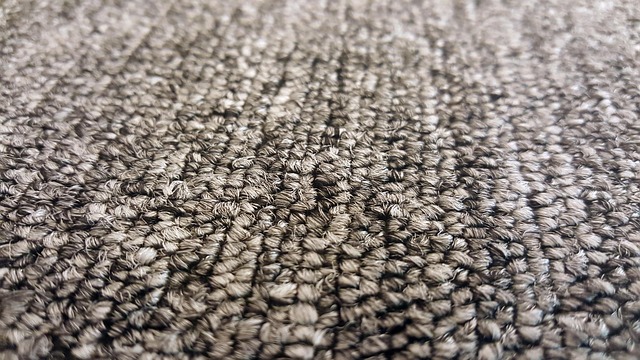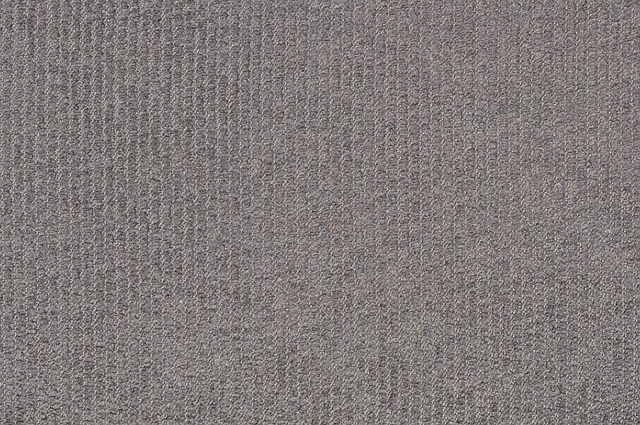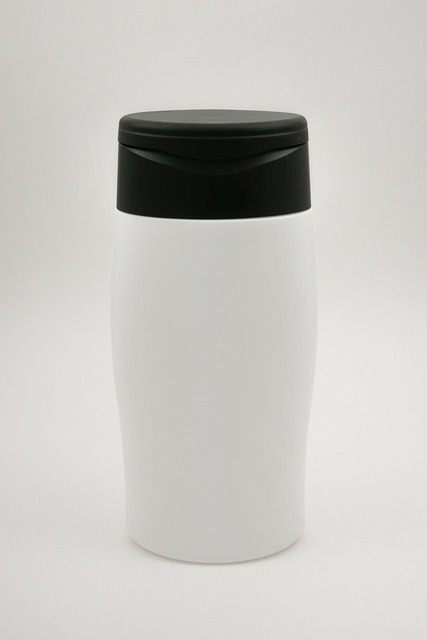Carpet shampooing is a comprehensive process that involves deep cleansing and revitalizing carpets to eliminate dirt, stains, and odors. Professionals utilize advanced techniques, eco-friendly products, and specialized equipment for optimal results. Regular shampooing extends carpet lifespan by preventing fiber damage from accumulated grime while improving indoor air quality. Key steps include preparation, application of suitable solutions, agitation with specific tools, thorough rinsing, and drying to prevent mold growth. The right shampoo choice, tailored to carpet material, is crucial. Post-shampooing care involves avoiding immediate foot traffic, using HEPA vacuums, spot cleaning, and regular maintenance. DIY attempts may yield unsatisfactory results due to lack of expertise; professional services are recommended for best outcomes without damaging delicate fibers.
Professional carpet shampooing is a vital service that ensures your home or business space remains vibrant and clean. This comprehensive guide delves into the intricacies of carpet cleaning, covering everything from understanding the basics to choosing the right shampoo. We explore the benefits of professional cleaning, different types of carpet shampooers, preparation tips, step-by-step guides, post-shampooing care, and common mistakes to avoid. By the end, you’ll be equipped with the knowledge to maintain your carpets effectively.
Understanding Carpet Shampooing: The Basics

Carpet shampooing is a meticulous process that involves deep cleaning and revitalizing carpets to remove dirt, stains, and odors. It’s more than just sprinkling a cleaning powder on the surface; it’s about reaching deep into the fibers to restore the carpet’s original condition. The basic steps include preparation, applying a suitable shampoo solution, agitating the solution using specialized equipment, rinsing thoroughly, and drying evenly to prevent mold or mildew growth.
Professional carpet shampooing uses advanced techniques and eco-friendly products to ensure safety for both your family and the environment. Experts employ high-efficiency vacuum systems to extract the cleaning solution and debris, leaving behind a clean, fresh-smelling carpet that looks as good as new. Regular carpet shampooing not only maintains the aesthetics but also extends the lifespan of your flooring investment by preventing fiber damage caused by accumulated dirt and grime.
Benefits of Professional Carpet Cleaning

Professional carpet shampooing offers a multitude of benefits that go beyond simply making your carpets look cleaner. It involves deep cleaning that penetrates fibres, removing deeply embedded dirt, dust, and allergens that vacuuming alone can’t reach. This thorough process not only enhances the aesthetic appeal of your space but also contributes to better indoor air quality by reducing the presence of irritants and potential health hazards.
Regular professional carpet shampooing also prolongs the lifespan of your carpets. It helps prevent wear and tear caused by regular foot traffic, stains, and grime buildup. By deeply cleansing and conditioning fibres, it keeps them strong and supple, ensuring your carpets remain in top condition for longer. This, in turn, reduces the need for frequent replacements, making it a cost-effective solution for maintaining a clean and inviting environment.
Types of Carpet Shampooers and Their Uses

In the realm of carpet shampooing, professionals employ various tools tailored for specific cleaning needs. The two primary types are hot water extraction machines and dry foam shampooers. Hot water extraction, also known as steam cleaning, uses high-pressure hot water to loosen and extract dirt and debris from carpet fibres. This method is effective for deep cleaning heavily soiled carpets and is suitable for most carpet types. On the other hand, dry foam shampooers use a combination of low-moisture solution and specialized brushes to agitate and lift dirt without saturating the carpet. Ideal for delicate or low-traffic areas, this technique preserves the carpet’s texture and colour while still achieving exceptional cleaning results.
Each method has its advantages, catering to different carpet conditions and preferences. Hot water extraction is a powerful tool for tackling stubborn stains and deep-seated grime, making carpets look as good as new. Dry foam shampooing, however, is more gentle, preserving the life of finer fabrics and areas that can’t withstand excessive moisture. Professionals often tailor their approach based on these factors, ensuring optimal carpet shampooing results.
Preparation for a Shampooing Session

Before diving into the carpet shampooing process, proper preparation is key to achieving optimal results. Begin by clearing the floor space, moving all furniture and objects away from the area to be treated. This ensures easy access for cleaning and prevents any damage or stains caused by equipment or chemicals. Next, inspect the carpets for any visible damage, pet stains, or high-traffic areas that may require extra attention during shampooing.
Additionally, gather all necessary tools and supplies, including a suitable carpet shampooer, cleaning solution, and protective gear. Make sure you choose a shampooer that is appropriate for your carpet type, as different machines have varying capabilities. Pre-treating any problematic spots with an enzymatic cleaner can also enhance the overall cleaning effectiveness. By taking these preparatory steps, you lay the foundation for a successful carpet shampooing session.
Step-by-Step Guide to Effective Carpet Shampooing

Professional carpet shampooing involves a meticulous process designed to thoroughly clean and restore your carpets. It begins with thorough vacuuming to remove loose dirt, debris, and dust. This initial step is crucial as it prepares the carpet fibres for the cleaning solution. Next, a high-quality carpet shampoo or detergent is applied, focusing on heavily soiled areas. For best results, these products should be left to sit for several minutes, allowing them to penetrate the fibres and loosen stubborn stains.
Once the shampoo has had ample time to work, a powerful wet vacuum cleaner is used to extract the cleaning solution along with any dislodged dirt. This step requires careful navigation around furniture and other obstacles, ensuring even distribution of water and detergent while minimizing moisture damage. Proper drying techniques are then employed to prevent mould growth and ensure the carpet is ready for foot traffic again.
Choosing the Right Shampoo for Your Carpet

Choosing the right carpet shampoo is a critical step in professional carpet cleaning. Different carpets have distinct needs due to variations in fiber types, density, and age. For example, gentle shampoos suitable for high-traffic areas might not effectively clean heavily soiled or older carpets. Likewise, powerful enzymes or acidic solutions may damage delicate fibers. It’s essential to select products specifically designed for your carpet type—whether synthetic, wool, or natural fibers—to ensure optimal cleaning without causing wear and tear.
Additionally, consider the environmental impact of your choice. Eco-friendly shampoos are gaining popularity due to their non-toxic formulations that are safer for both your family and the planet. These products often use biodegradable ingredients and reduce the need for harsh chemicals. When selecting a carpet shampoo, always read labels carefully, compare ingredients, and choose options that align with your cleaning objectives and environmental considerations.
Post-Shampooing Care and Maintenance Tips

After a professional carpet shampooing session, proper care and maintenance are essential to ensure your carpets remain in top condition. One crucial tip is to avoid walking on the carpets immediately after treatment; allowing the shampoo solution to evaporate naturally helps prevent tracking dirt and debris into the freshly cleaned fibers. Regular vacuuming is still vital, but use a high-efficiency particulate air (HEPA) filter vacuum to capture any residual dust particles.
To keep your carpets looking their best, spot cleaning should be done promptly when necessary. Blotting liquid spills with a clean cloth or paper towel is more effective than rubbing, which can spread the stain. For deeper cleaning between professional services, consider using carpet shampooing solutions designed for regular maintenance. These products can help remove embedded dirt and odors without causing excessive moisture, thus prolonging the life of your carpets.
Common Mistakes to Avoid During Carpet Shampooing

Many homeowners attempt carpet shampooing themselves, but without proper knowledge, they often fall into common pitfalls that leave their carpets less than ideal. One of the biggest mistakes is using too much cleaning solution; over-saturating the carpet can lead to prolonged drying times and even damage the fibers. It’s crucial to adhere to the recommended solution-to-carpet ratio specified by manufacturers.
Another error is neglecting to test a small, hidden area first. Different carpets have varying sensitivities to cleaning agents; some may fade or become damaged from certain chemicals. Always spot-test a cleaner on a discreet part of the carpet before applying it widely to avoid discoloration or fiber damage. Additionally, inadequate agitation or insufficient rinsing can leave behind residue, causing a dirty carpet to appear freshly cleaned but quickly re-soiling.
